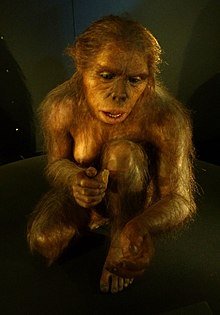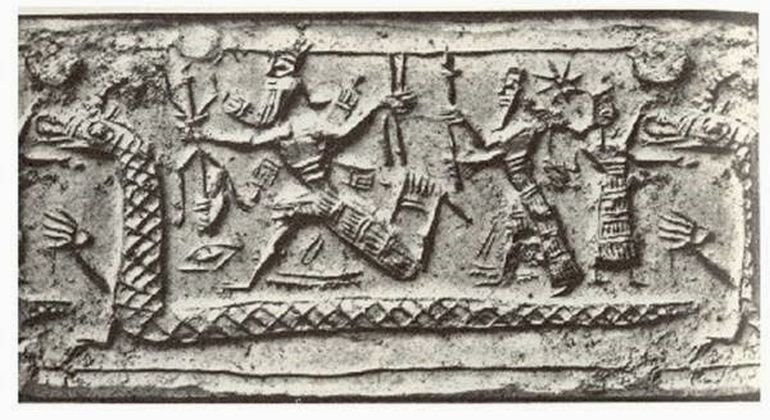
This photo is a birds-eye view of the "Grey Glacier" This large glacier from the Quaternary Ice Age is quickly melting as it slips down it's icy slope.
Throughout the many impactful periods of time in the story of the human race, certain events that took place have forged who we are as a species today, in a variety of ways.

This photo is a birds-eye view of the "Grey Glacier" This large glacier from the Quaternary Ice Age is quickly melting as it slips down it's icy slope.
During the start of the Quaternary Age (2.6 million years ago to Present) early humans were emerging across the globe. This ice age forced migration of the humans to new land and new areas. Thus resulting in what scientists have connected the humans for being reason for the, " disappearance of the big mammals" because of humans hunting nature.

Early Man Stone tools.
Stone tools have been rooted back to humans earliest beginnings, with the oldest stone tools being found about 2.6 million years ago. These tools were simple, made for simple minded Human, or ¨Almost¨ Human beings. Just being a rock or stone sharped by a repeated action. As our species evolved, however, our tools evolved as well, being improved for convenience. As you can see in the picture, the addition of the wooden handle allowed for stability. This idea of improving what is already in front of us is a foundation of Human life. We always improve what we have, and these tools show that. Our improvement minded selves have made the rock, into the hammer.

The Homo Habilis (2.4-1.4 Million Years Ago) was nicknamed "The Handy Men" of early humans because they were thought to be the first makers of Stone Tools!

This image shows Mesopotamian gods and their people. It shows the split in power and respect given to humans compared to gods.
This picture is a perfect example of the Mesopotamian theocracy. The idea that the gods are far above the people of Mesopotamia. Throughout this culture, the people have always been somewhat of the disciples of the gods. Accepting knowledge and living by their every command.
A sacred ritual in Egyptian culture has been mummification. It is a process that can preserve bodies that are thousand's of years old from becoming withered and decayed. These bodies are posed as great primary sources for research on the said body, or Egyptian life in general
Abraham, Charlotte. “Artist's Notebook.” History of Art: Roman, 1 Jan. 1970, artisticselection.blogspot.com/2015/01/history-of-art-mesopotamia.html.
“Stone Tools.” The Smithsonian Institution's Human Origins Program, Smithsonian's National Museum of Natural History, 10 Dec. 2018, humanorigins.si.edu/evidence/behavior/stone-tools.
“Quaternary Period.” National Geographic, National Geographic, 6 Jan. 2017, www.nationalgeographic.com/science/prehistoric-world/quaternary/.